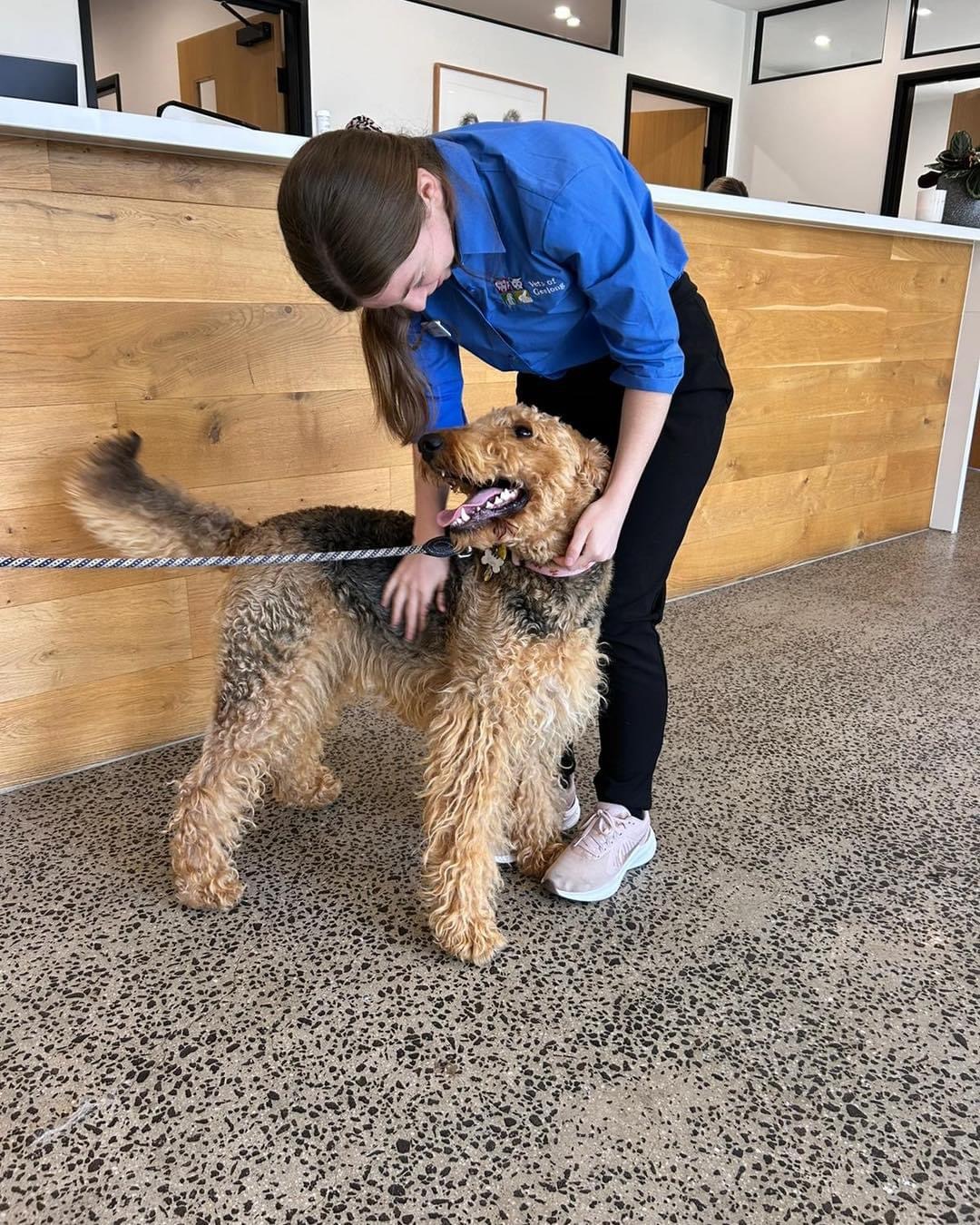Your dog can live a long and happy life if you take great care of it along the way. One of the best things you can do to improve the health of your beloved dog is to make sure that you help maintain good dental hygiene for your pet. Oral hygiene helps ensure clean teeth and fresh breath, and also contributes to their longevity and overall health.
Periodontal disease is a common condition in dogs, and it’s estimated that around eighty percent of dogs over the age of three show some signs of this dental condition. When untreated, the build-up of plaque and tartar can lead to infections that are painful, tooth loss, and potential systemic conditions. In order to prevent bacteria from infected or inflamed gums from flowing into the bloodstream, regular brushing and cleaning dog’s teeth at home is critical.
How Often You Should Brush Your Dog’s Teeth
Dog dental specialists recommend that pet owners should brush the teeth of their dog 2 to 3 times each week. Because the build up of plaque can harden into tartar in twenty-four to forty-eight hours, the gold standard that is daily brushing would be even better if you could do it. Once the tartar forms, the only way to remove it would be through professional cleaning.
How often to brush dog teeth may also depend on specific factors like breed, diet and age. In general, brachycephalic breeds like bulldogs or pugs and smaller dog breeds can be more susceptible to dental issues and would therefore benefit even more from a daily brushing routine. If your dog eats dry kibble, that may reduce some of the plaque because of the abrasive chewing. Dogs eating homemade or wet food will need to receive more frequent brushing because of their food mix.
How to Brush Dog’s Teeth
When you are going to be brushing your dog’s teeth, it’s important to have the right tools for the job. First, you will need to choose a toothbrush that is designed specifically for dogs. They are angled to fit your dog’s mouth, and have softer bristles. Only use toothpaste that is specifically designed for dogs; human toothpaste with fluoride or xylitol can be toxic to your pet.
How you brush their teeth also matters. You will want to brush gently and focus on the gum line, which is where the plaque will accumulate the most. Plan to brush around 30 seconds per side. You will want to start slowly and reward your treasured pet with treats or praise so brushing becomes a positive experience.
Alternatives and Supplements to Support Dental Well-Being
While brushing is the way to go with your dog’s teeth, there are also additional or supplemental things you can use to support their dental health. Products like rawhide bones, dental chews and special toys formulated to remove plaque during chewing can help. These are good supplements to your at-home dental care routine. There are also veterinary dental diets that work through mechanical cleaning, which are designed to encourage chewing, which helps scrape plaque and tartar off the teeth, and others contain specific ingredients to further reduce plaque and tartar buildup in one convenient product.
Dental diets and additives for your dog’s water are another addition that can help maintain your pet’s oral health. Adding enzymes to their water may also help freshen their breath and reduce the bacteria in their mouth.
